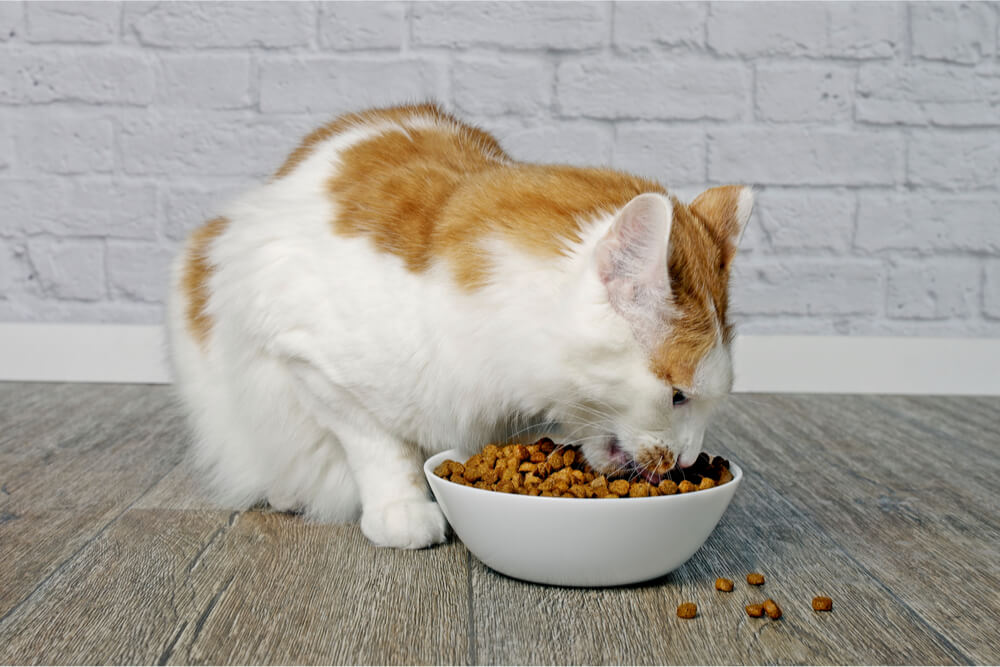
While dogs are the most popular pets in Indian households, cats aren’t far behind, and pet ownership is on the rise in India. In fact, India’s $430 million pet care market is one of the fastest-growing in the world.
As the pet care market in India expands, demand for high-quality pet food will continue to increase. What cat food brands are currently available in India and what should Indian cat owners be looking for when choosing a nutritious diet for their feline friend?
After many hours of research and testing, we’ve uncovered the best cat foods available in India. In this guide, we’ll discuss what your cat needs in terms of nutrition and introduce you to our top cat food picks.
At A Glance: Best Cat Food To Buy In India




Want a quick look at the best cat foods reviewed in this article? In the comparison table below, we’ve highlighted some of the most important features of each product. You’ll find more detailed information about each product later in the article.
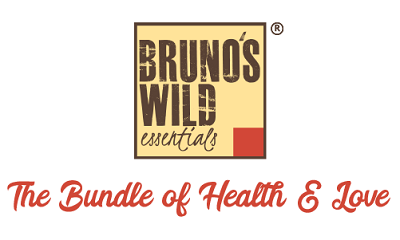
Bruno's Wild Essentials Mackerel & Tuna
- Three main ingredients are all animal-based
- Contains well over 75% animal protein on a dry matter basis
- Rich in moisture to support your cat’s hydration
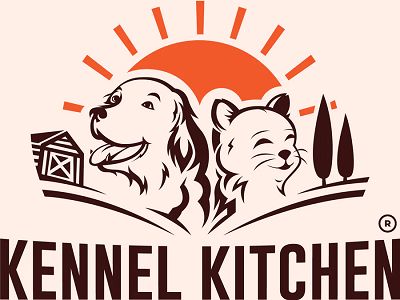
Kennel Kitchen Chicken in Jelly Cat Food
- Contains two high-quality sources of animal protein
- Made with nutrient-rich organ meat
- Completely free from artificial colors and flavors
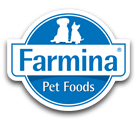
Farmina Matisse Chicken Mousse
- Four out of five main ingredients are all animal-based
- Packed with species-appropriate animal protein
- May be a good option for cats with food allergies or sensitivities
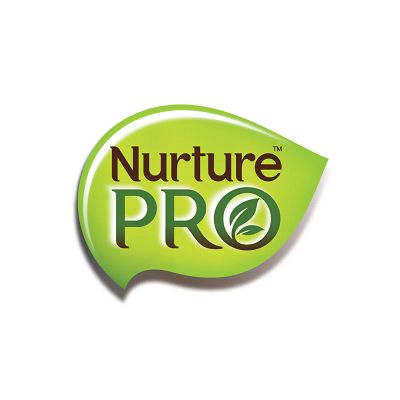
Nurture Pro Longevity Chicken & Skipjack Tuna Wet Cat Food
- Two of three main ingredients are animal-based
- Packed with species-appropriate animal protein
- Rich in moisture to support your cat’s hydration
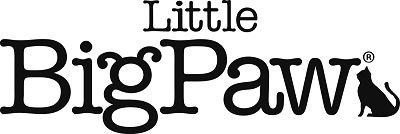
Little BigPaw Chicken Mousse (Gourmet Tender) Wet Adult Cat Food
- Made with a single source of high-quality animal protein
- Contains fresh chicken and chicken liver
- Salmon oil provides animal-based omega-3s

Acana Pacifica Fish Adult Dry Cat Food
- Made with 100% fish protein
- Supplemented with probiotics to support healthy digestion
- Contains freeze-dried fish for natural flavor
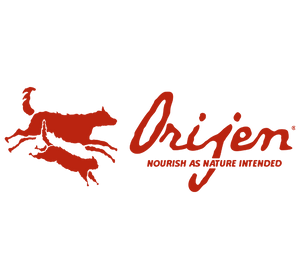
Orijen Cat & Kitten Dry Cat Food
- Contains meat from five animal sources
- Rich in healthy animal-based fats
- Made with freeze-dried organs for flavor
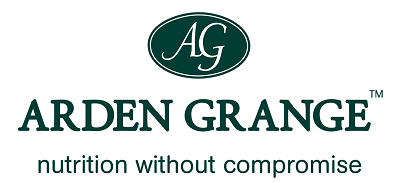
Arden Grange Grain-Free Fresh Chicken & Potato Dry Cat Food
- Three of first five ingredients are all animal-based
- Made with a single source of animal protein
- Supplemented with prebiotics to support digestion
Why Trust Cats.com
Having studied feline nutrition for over four years, I’ve tested and evaluated hundreds of cat food products made around the world. Because I was unfamiliar with the Indian pet food market, however, I relied heavily on reader recommendations as a starting point for my research. I started with research to understand how pet food is manufactured and regulated in India.
From there, using reader recommendations as a guide, I worked to identify the most popular pet food retailers in India and explored the product types and brands they carry. From there, I delved into specific products and their nutritional merits. By comparing these products to the Cats.com standard, I narrowed down the list to the recommendations provided below.
What Does Balanced Nutrition Look Like For Cats?
All felines have a biological requirement for meat in their diets, but that doesn’t mean a standalone diet of chicken, lamb, or other meat will sufficiently meet your cat’s nutritional needs. All animals require a delicate balance of nutrients.
While humans are omnivores able to obtain those nutrients from meat, grains, fruits, and vegetables, cats are not. They’re obligate carnivores.
Simply put, your cat’s body is designed to eat other animals. They have higher protein requirements than many other animals and they are better able to digest animal-based ingredients than plants. In fact, an article published in Scientific American notes that cats get a lot of their key nutrients from meat including taurine, arachidonic acid, vitamin A, and vitamin B12.
In the wild, a cat’s diet is primarily made up of small pretty like rodents and birds which provide the protein and fats cats need. While some cats will snack on grass and other plants, these foods don’t provide much in the way of nutritional value and likely only serve as roughage.
It’s entirely possible to feed your cat a nutritionally balanced homemade diet, but pieces of chicken and bread won’t cut it. You need a recipe formulated by a veterinarian or veterinary nutritionist to make sure your cat’s needs for essential nutrients will be met.
The alternative is to purchase a complete and balanced commercial cat food.
In the United States, most commercial cat foods are formulated in accordance with nutrient profiles researched and established by the Association of American Feed Control Officials (AAFCO). These profiles suggest that an adult cat’s diet should be comprised of a minimum of 26% protein and 9% fat.
Fortunately, many pet food manufacturers outside the U.S. use AAFCO guidelines in formulating their own recipes. Any cat food exported from the United States will also be formulated accordingly.
In choosing a healthy diet for your cat, it’s best to stick with a recipe that meet’s AAFCO’s requirements for completed and balanced nutrition. This ensures that your cat’s minimum nutritional needs will be met, but it’s still your responsibility to choose a high-quality product. And remember, minimum does not mean ideal. Most cats can benefit from higher than minimum levels of protein and fat.
Learn more in our complete guide to feline nutrition.
Now that we’ve touched on the subject of feline nutrition, let’s take a closer look at the pet industry in India to determine what options are available and how they measure up in terms of quality.
The Pet Industry In India
According to a 2018 survey conducted by the American Pet Products Association (APPA), the United States tops the pet ownership charts with more than 94 million cats (and over 90 million dogs). FEDIAF data suggests that European pet ownership had reached 90 million by the end of 2021 – that’s roughly equivalent to 46% of households.
Pet ownership is on the rise around the world and India is no exception.
Indian pet ownership was estimated around 15 million in 2016 but it’s growing rapidly. In fact, market research conducted by Euromonitor International suggests that India has the fastest rate of growth for dog ownership among 53 countries surveyed. Some estimates put India’s pet ownership rate of growth as high as 600,000 households per year.
While pet ownership is increasing quickly in India, federal regulations to protect those pets are still lacking in some areas. There are laws in place to encourage the ethical treatment of animals, but pet food regulations remain undeveloped.
In 1960, Article 51A of the Constitution of India, Chapter 3 of the Prevention of Cruelty to Animals Act (PCA) was passed. This article states that, “It shall be the duty of every citizen to have compassion for living creatures.” Article 51A is similar to legislation that has been passed in other nations.
For example, the European Union (EU) adheres to the European Convention for the Protection of Pet Animals which governs the treatment of companion animals. The UK in particular has the Animal Welfare Act of 2006 which specifies the duties owners and keepers have to meet the needs of their animals. In the United States, the Animal Welfare Act of 1966 helps protect animals kept in zoos and labs, but federal legislation protecting pets is limited.
In India, the Animal Welfare Board of India (AWBI) provides guidelines for the vaccination and sterilization of pets and for pet-related nuisances like excessive barking. Even these limited guidelines, however, are not consistently enforced. Some reports suggest that even existing national regulations have little effect in the absence of city-specific legislation.
How Is Pet Food In India Regulated?
Though developed nations like the United States may not have much in the way of national protections for pets, there’s one area in which regulations are bountiful: the pet food industry.
In the United States, the Food and Drug Administration (FDA) regulates the safe manufacture and labeling of pet food. Any pet food imported into India from the United States is subject to FDA regulations. But what about pet foods produced domestically in India?
According to a blog published by Sathguru, a global management consulting firm, the animal feed industry is not stringently regulated in India. There are no regulatory standards in place regarding animal feed safety except in a few cases and, in those cases, the regulations only partially address the issue.
It was only in 2018 that the Food Safety and Standards Authority of India (FSSAI) mandated that commercial feed companies comply with relevant Bureau of Indian Standards (BIS) regulations after a survey revealed concerns levels of aflatoxin in dairy samples.
While the FSSAI has plans to work with the Ministry of Animal Husbandry, Dairying and Fisheries to make improvements in the animal feed sector, the current lack of regulation leaves companies to create their own standards. Without regulations to encourage a scientific approach to voluntary standards, the potential for food safety issues is high and pets could pay the price.
In researching the pet food market in India, I uncovered a stark difference in quality among cat food products manufactured in India and those imported from elsewhere.
What Cat Food Brands Are Made In India?
The biggest domestic manufacturers of cat food in India are IB Group and Abis Exports.
PurePet and Drools both fall under the IB Group family of brands while Abis Exports is responsible for Meat Up and Let’s Bite. These four brands are incredibly similar in formulation and all of them offer low to moderate protein content along with low fat and very high carbohydrate content.
In fact, I evaluated the label for numerous dry cat foods from these four brands and the ingredient lists were nearly identical. All four were fish-based and loaded with cereals like corn and wheat. The lowest carbohydrate content of the four recipes was roughly 44% (dry matter) – two were 55%.
These India-made cat foods might be popular for their price and availability, but they won’t provide your cat with the protein- and moisture-rich, animal-based nutrition he needs to thrive.
Fortunately, I was able to find several cat food brands that are headquartered or manufactured in India. Bruno’s Wild Essentials and Kennel Kitchen are Indian pet food brands that offer an assortment of high-quality wet cat foods that outperform the dry foods mentioned above in terms of quality and species appropriateness.
The 8 Best Cat Foods In India: Our Top Picks
It’s easy to find cheap dry cat food in India, but responsible cat owners are more concerned with what’s actually good for their cats than what’s good for their wallets. This isn’t to say, of course, that you can’t find a decently priced high-quality cat food, but inexpensive foods like the Indian brands previously mentioned don’t tend to meet the Cats.com standards.
I’ve assembled a list of eight high-quality cat foods that appear to be readily available in India (at least online). These foods span the spectrum in terms of food type and texture, but they’re all brands I feel comfortable recommending.
Here are our top 8 picks for the best cat food in India:
While the complete and balanced cat foods listed above are some of the highest quality options available in India, they’re also pricier than domestic brands like PurePet and Drools.
Your cat deserves the most species-appropriate nutrition you can consistently afford which generally means a meat-heavy wet cat food. If you’re working with a limited budget and dry food is the most economical option, consider supplementing your cat’s diet with a high-protein, moisture-rich wet cat food topper. Complementary cat foods typically come in small portions so they’re easy to feed and you can mix up the flavors to keep your cat guessing.
Here are a few of our favorite complementary cat food brands available in India:
Where To Buy Cat Food In India
As is true virtually anywhere, you can find cat food both online and in stores in India. You can even find popular cat food brands on Amazon.in. If you live near a bigger city like New Delhi or Mumbai, there are plenty of brick-and-mortar pet stores to choose from.
One of the largest national chains with a dozen locations across India is Heads Up for Tails. In Uttar Pradesh, PUPS Pet Care Store, Creche & Grooming is a popular choice. New Delhi offers nearly two dozen options like NAPPETS India, Value Pets India, and King Pets World. In Mumbai, pet owners seem to like Dogs World India, Ohh My Dog, and Chew Central.
Unless you live near a major metropolitan area, the best place to shop for pet food in India may be online. While international retailers like Amazon do sell in India, you’ll find the best selection from domestic pet retailers.
Heads Up For Tails offers a generous selection of pet foods and accessories – this is the primary resource I used to compile my list of recommendations. Chew Central is another great option. Based in Maharashtra, India, Chew Central carefully selects products from reputed manufacturers to ensure safety and quality.
Other online pet food retailers in India include:
If none of the commercially available options seem quite right, you always have the option to make your own cat food.
Homemade cat food can be incredibly nutritious when properly formulated by a veterinarian or veterinary nutritionist. It’s not always the most economical option, but if you have the time and financial resources to give your cat a biologically appropriate raw food diet, he’ll thank you for it.
Learn more about making homemade cat food here.
Final Thoughts
While it may be challenging to find a high-quality, species-appropriate cat food manufactured in India, there is no shortage of options for commercial cat foods.
Take the time to learn the basics about your cat’s nutritional needs and how choosing a nutritionally balanced and species-appropriate diet will impact your cat’s long-term health. If you’re shopping for cat food in India, one of the recipes reviewed above might be a good place to start.
If you want to support your cat’s health for the long-term, choose a cat food made with high-quality ingredients, specifically quality protein from animal sources.
Want more? Check out our guide to the best cat food brands here.
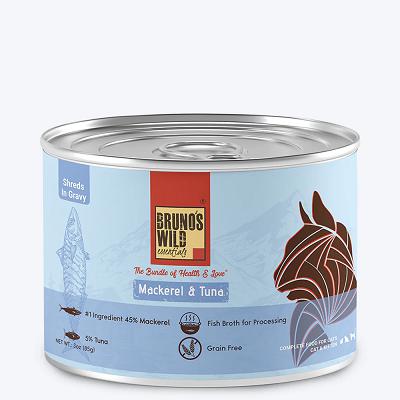
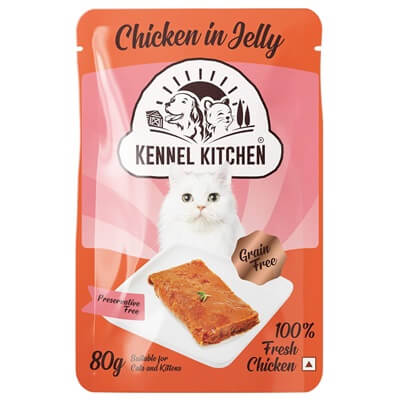
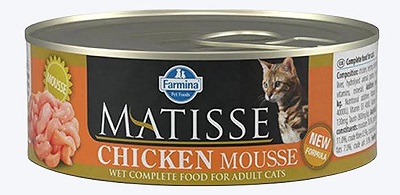
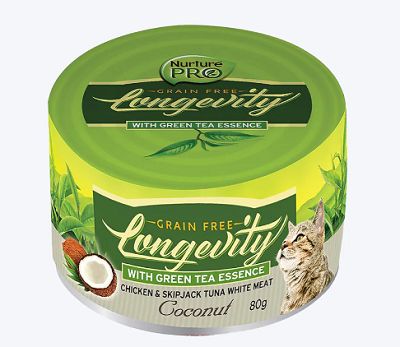
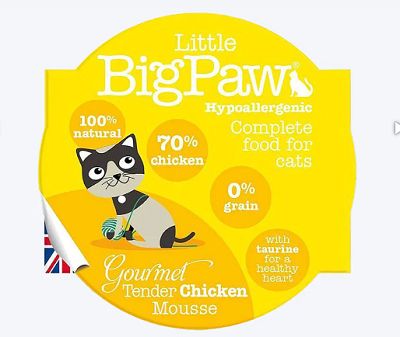
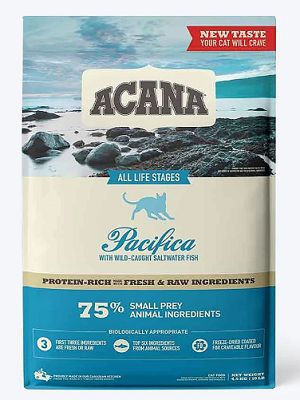
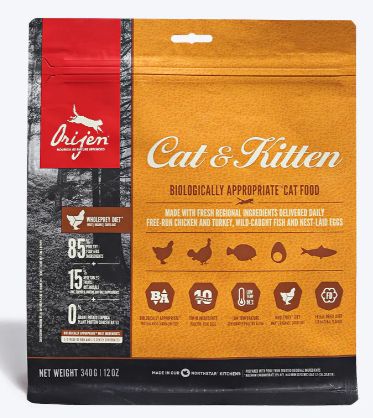
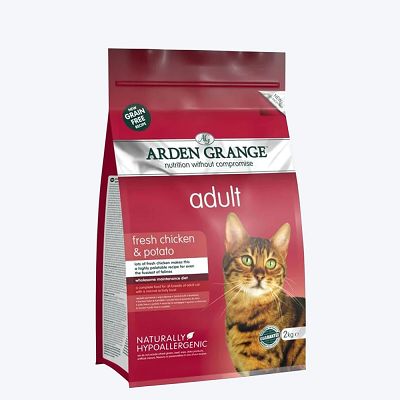

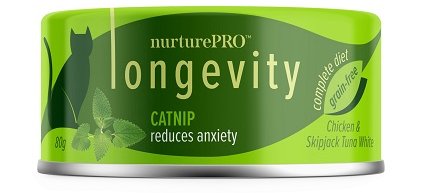
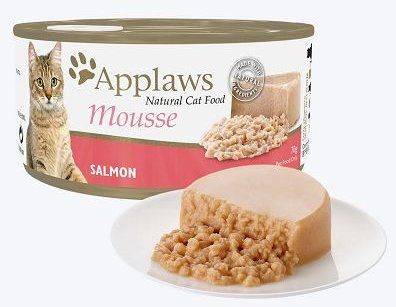
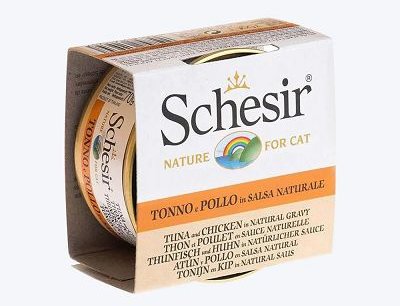
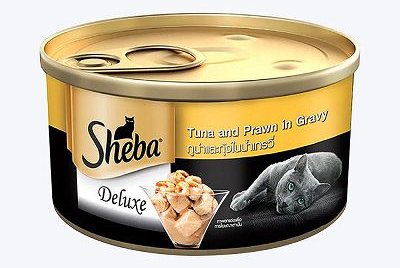








Hi can you rewrite for 2025 please?
Yes expect this in a few weeks!
After the Rewrite, The Information seems so accurate!!!
I’m just Impressed, Great job guys! 🤩
Aww, thank you!
Mallory
I was surprised reading the article first but even more baffled by the replies. While on one hand you accept that article is not as good as it could be on the other you are arguing that your analysis and inference is perfect. The article headlines “The 8 best cat food in India” which by your own admission they are not. Can you imagine the disservice you are doing to the pet and pet parents through such highly misleading headlines.
Pet parents should be enabled to make their purchase decisions on the right set of information and not false context. Erroneous articles like these are dangerous for the pets, pet parents and equally damaging for the industry. More often than not these half-baked reviews get shared and reposted as “gospel truth.” Both the reviewers and those reviewed need to do a better job when advocating for pets and hence I will request you to withdraw the article or rewrite and issue a public disclaimer at the earliest. And if you still insist that food with just 2 natural ingredients chicken & chicken liver is the best cat food, I will feel forced to take alternative measures in the interest of the cat community.
Prash, one of the driving factors for my decisions regarding the order of the picks was the total carbohydrate content. I prioritized recipes that were primarily animal-based and therefore more carnivore-appropriate than other foods on the Indian pet food market. We at AAC prefer wet food to dry food for cats, so I populated the list with primarily wet food products but included a few dry options as well.
The use of the word “best” in pieces like this will always be subjective. That’s why we include information about feline nutritional needs, so pet parents can make an informed decision regarding what is right for their specific cat. The only truly “best” food for cats might be a natural, whole-prey diet which simply isn’t practical for most pet parents. We trust our readers to understand the intent with which we present these picks and title the pieces to make them easier for people to find online.
I’m sorry you were disappointed with the piece. Feel free to send us an email with constructive comments regarding picks that you feel are more appropriate.
I am surprised that the article has been published whilst the author is apologizing for being thousands of miles away and not even familiar with brands selling in the Indian market. The article should have come up with a disclaimer that it is based on secondary research of a limited number of brands. The headline ‘8 Best Cat Foods in India’ is highly misleading and should be withdrawn immediately, not only because it’s a study based on a very limited number of brands but also because of the author’s understanding of cat food is limited.
For instance one of the recipe’s has 20% liver content and while an occasional serving of liver is healthy for cats, overfeeding leads to vitamin A toxicosis, a silent killer of felines. To top that the same recipe has Vitamin A added separately. Needless to state that the author has only gone by the ingredient names and not the safe quantity required for particular pet species.
Some researchers also feel that the only important part of pet food analysis is the first few ingredients. If the rest of the 20 ingredients are as bad as in bottom ranking foods, how much of a difference the first three can make. The % of which are often manipulated to get them in the first three or five of the ingredient list and if process wasn’t key, informed pet parents wouldn’t have gravitated to fresh and freeze dried options.
Prash, we’ve done our best to provide valuable information to customers seeking products on the Indian cat food market. It’s true that we don’t have a formulator’s view of cat food, and we might have a limited ability (outside of lab testing) to evaluate the nutritional merits of each product, but the author of this article has written hundreds of articles on cat care and reviewed countless brands. All of our writers are trained to assess foods on both their ingredient lists and nutritional breakdowns, and because we recognize the imperfections of this method, we use laboratory testing on select recipes to verify that the foods deliver the nutrition they should. Outside of this, it’s not possible for anyone outside of the company to know exactly what’s in the food. As for the recipe you mentioned, you make a good point about the 20% liver content, but it is a nutritionally complete diet that should align with feline dietary needs. Until we can get lab reports on every one of the 100+ brands we’ve reviewed (which is our goal), looking at the label is the best we can do.
I agree Purepet and drools are absolute pathetic…..They can even lead to tumors in cats as I have seen in one cat which was sent to my place for breeding. When I asked the owner…she took these names as the main feed source for her cat..
Thanks for sharing, Pihu. We’re now in the process of updating this article.
Well, this was a massively disappointing read.
Instead of including the actual good brands that are in fact available in India, this article seems to have been written based on 2 minutes of Google research, rounding up whatever the search engine threw up at the top and arguably some of the worst food in the market. Drools and Purepet are so terrible for cats that even shelters avoid using them if they can afford to. You’ve accurately pointed out the cons in the products reviewed, but I can’t for the life of me imagine why this is the list of products that you would pick out in an article title “best cat foods in India”. This roundup is actually harmful, because a first time pet owner might end up here and decide to pick out of this list, assuming you to be a credible authority.
“When it comes to cat food available in India, there isn’t a whole lot of variety.” Somewhat accurate, but completely absurd as a claim within the context of this article, since it cannot be more evident that you’ve not done your research at all.
Here, let me do your job for you.
The brands you want to look at instead would be Farmina, Orijen, Acana, NurturePro, Little BigPaw, Applaws—all of which are available in India and can be considered the absolute best in the market (not without faults, ofc).
Note: To establish credibility, I am from India, active in the cat rescue and adoption community for 7+years, have done extensive personal research on cat food and nutrition, and have 5 cats at home that eat only out of these brands.
Andy, thanks for the comment. One, I take personal responsibility for this article not being as good as it could be, and I’ve emailed Kate, the author of the piece, asking if she’d be interested in doing a rewrite. You’ve already been extremely helpful, but if you’re up for it, I’d love to make you a part of the article update process. Any quotes or insights for the updated version of the article would be hugely appreciated. Writing about this marketplace from ~13,000 kilometers away does tend to lead to some out-of-touch comments and advice, and I want to avoid this as much as possible. I’m sending you an email in case you’d like to continue the conversation.
Best,
Mallory
Thanks for your honest input, Andy! It’s true that my research was limited by what brands are for sale online. I live in the US, so I can’t physically go to pet stores in India to check out the options.
The goal here was more to provide information about some of the brands that seem to be the most popular/common in India so pet parents can make an educated decision whether these options are appropriate or not. Each of the articles in our international pet food series begins with brands that are manufactured in that country, so that’s why Purepet and Drools are at the top. I do see your point, however, that it might be a little misleading to include the word “best” if the intention is to do more of a review of the brand than a recommendation.
It’s helpful to know from someone with experience shopping for pet food in India which other recognizable brands are available, so thanks! Like Mallory said, we’ll be revisiting this piece and would love your input on what other brands are readily available – especially in stores.